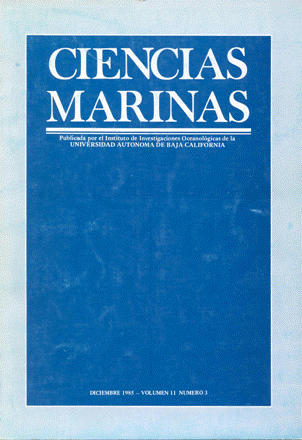A cytogenetic method to obtain chromosomes for studies of banding and fine morphology of karyotypes in bivalve mollusks of the family Ostreidae
Main Article Content
Abstract
The studies of banding patterns of chromosomes in bivalve mollusks of the family Ostreidae have not been developed satisfactorily due to the lack of a suitable method that enables the obtention of chromosomes in a proper condition. The production of chromosomal fields in cold by means of a modification to the dripping and air drying method from embryos and larvae obtained from in vitro fertilization, and the control of the spiralization degree of the chromosomes, are achieved by the application of colchicine pulses for periods of 30, 45 and 60 minutes. These chromosomes show a certain degree of synchronisation due to the use of oyster early embryos and larvae in which the cell division is very frequent. Separation of cells in division was achieved with a 50% acetic acid solution, at 37ºC. Chromosomes obtained in this manner can be stained successfully for the severa1 different bands willing to be studied.
Downloads
Article Details
This is an open access article distributed under a Creative Commons Attribution 4.0 License, which allows you to share and adapt the work, as long as you give appropriate credit to the original author(s) and the source, provide a link to the Creative Commons license, and indicate if changes were made. Figures, tables and other elements in the article are included in the article’s CC BY 4.0 license, unless otherwise indicated. The journal title is protected by copyrights and not subject to this license. Full license deed can be viewed here.

